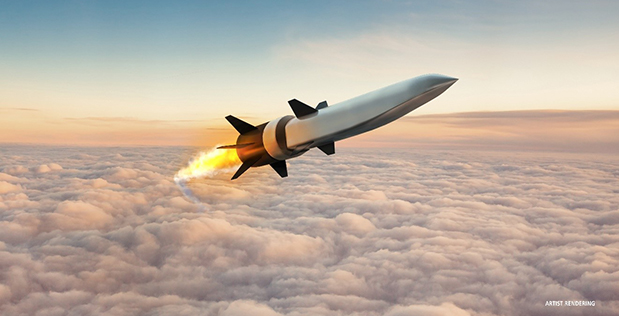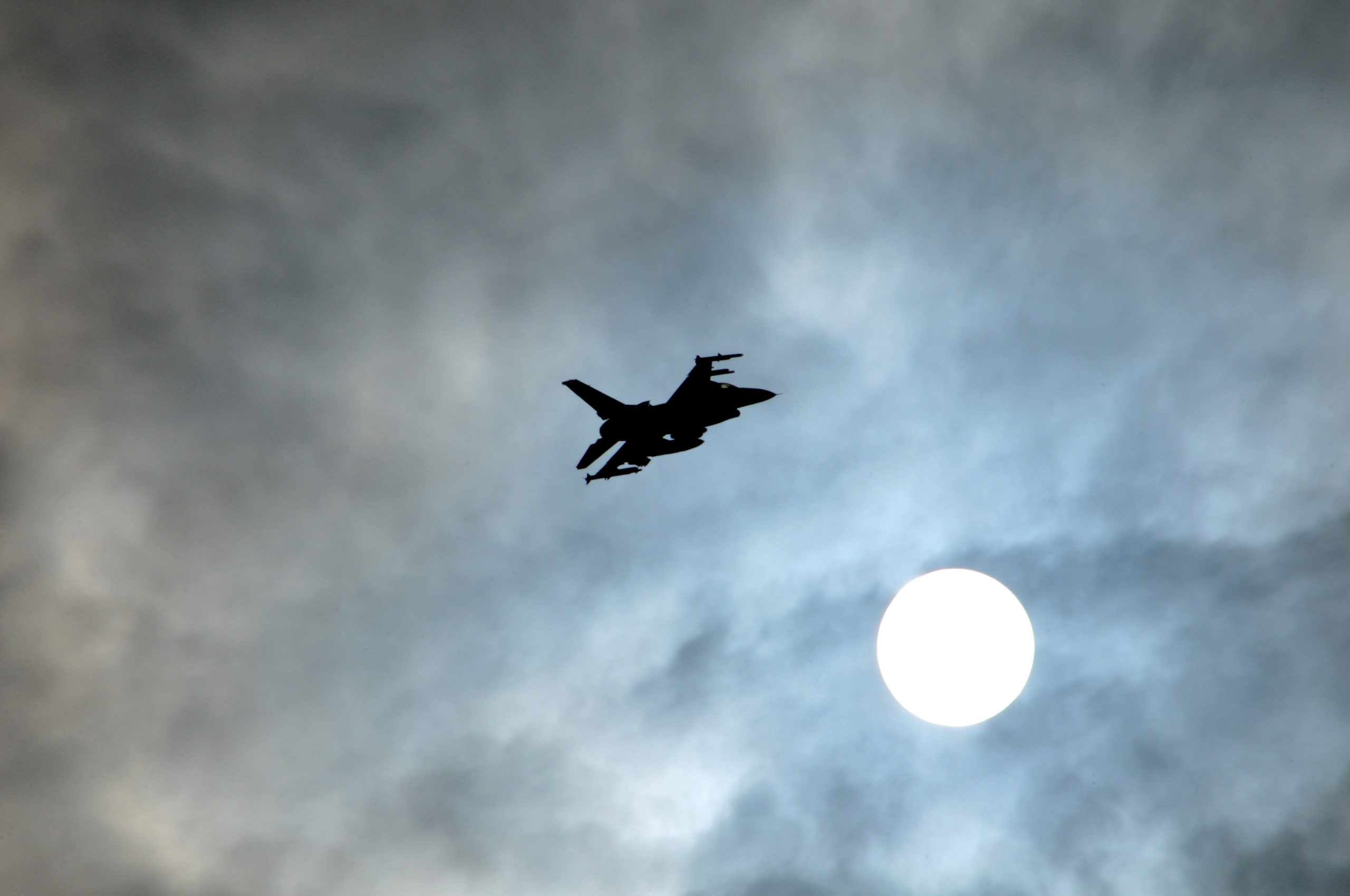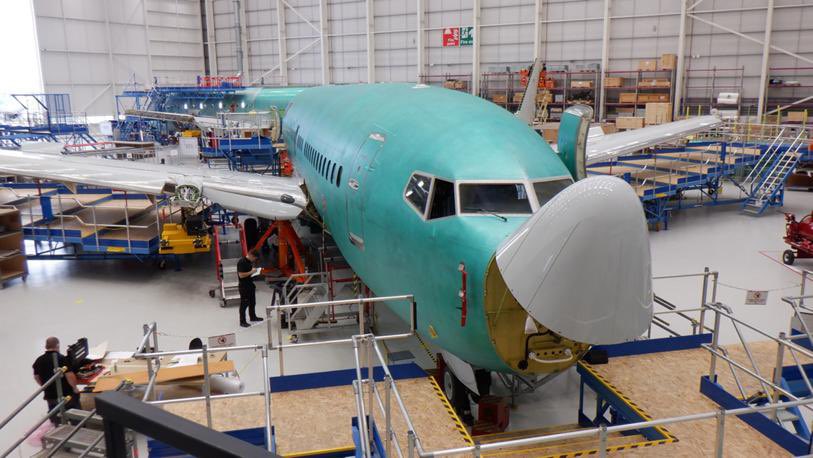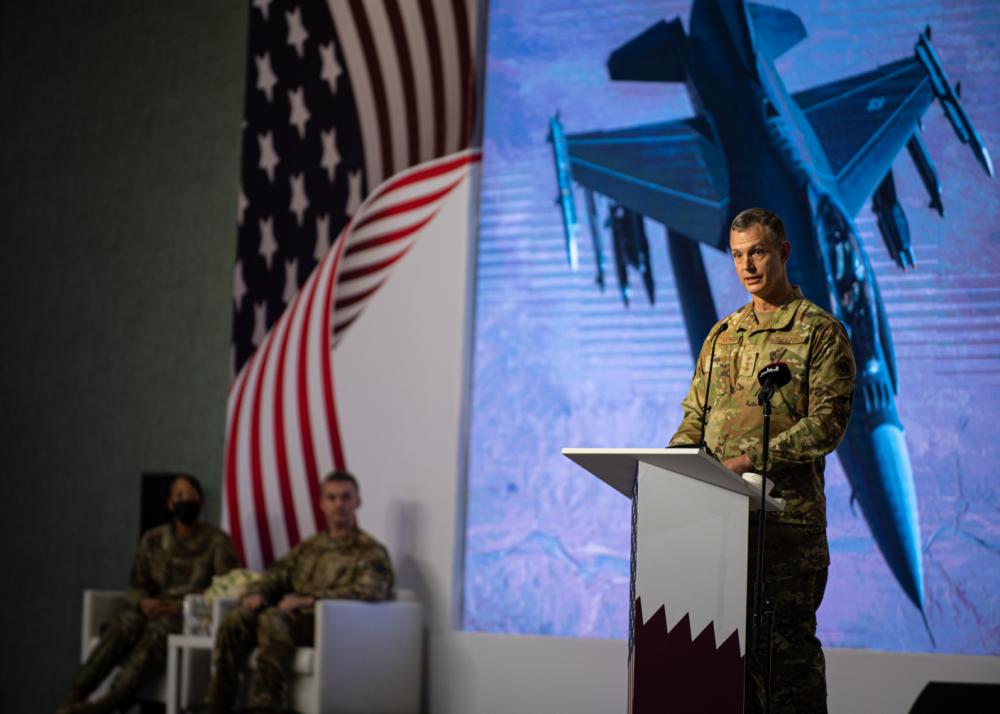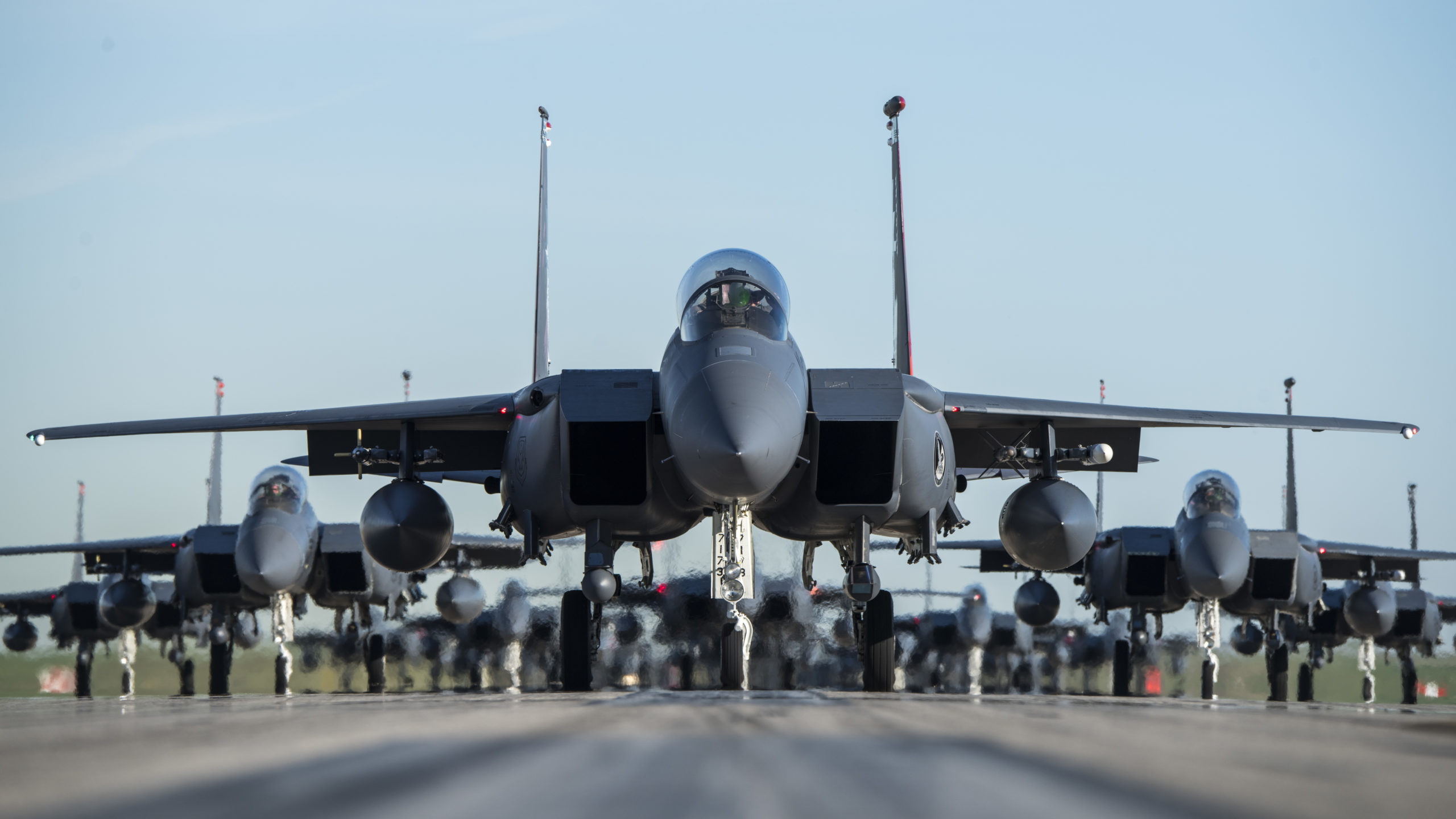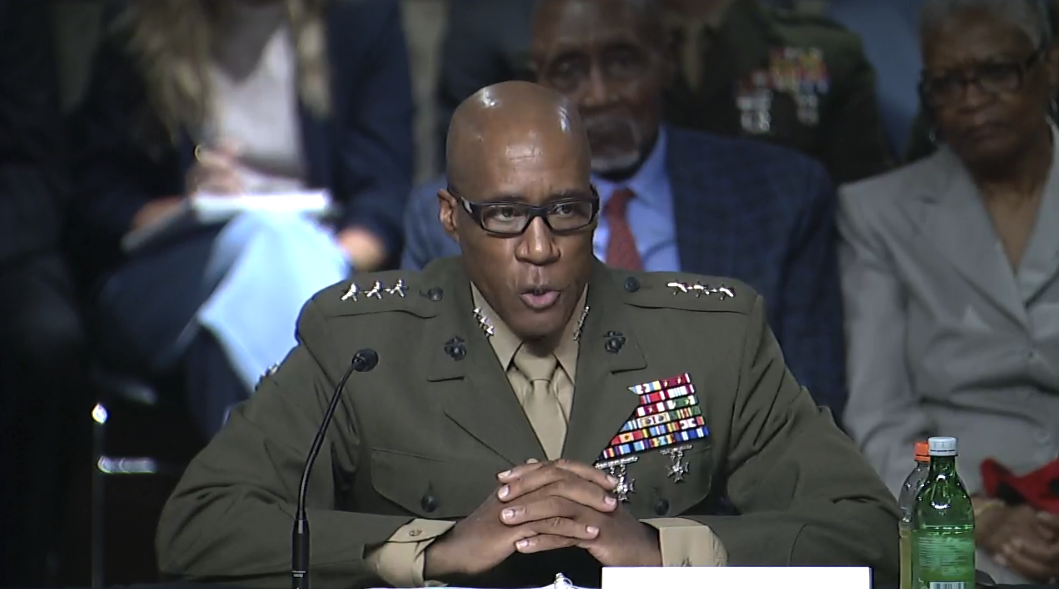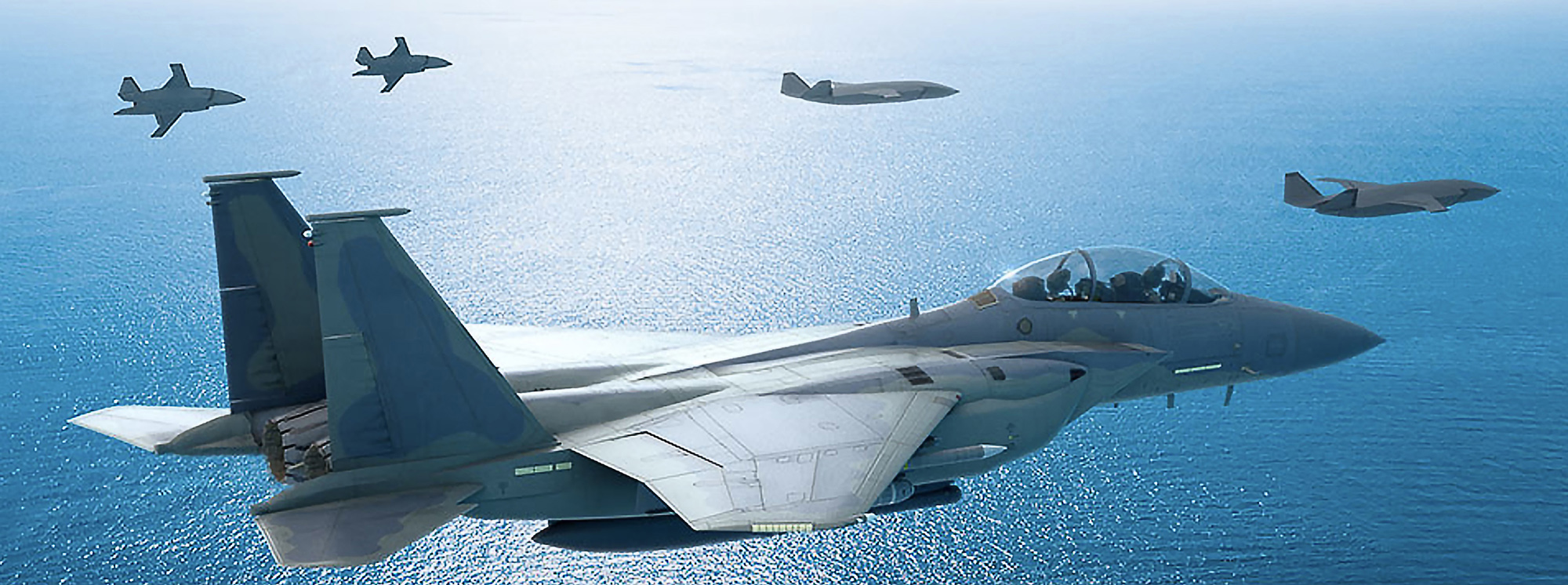DARPA is going to keep working on its Hypersonic Air-breathing Weapon Concept (HAWC) missile, even though the program for which it’s meant to be a technology pathfinder is already in source selection. A HAWC demonstrator flew successfully this month.
The new program is known as MoHAWC, but DARPA was not able to immediately explain the new acronym. An agency spokesperson referred to a line item in the fiscal 2023 budget request for continued Air Force/DARPA funding of $60 million for MoHAWC. The next phase of the program would “develop, integrate, and demonstrate technologies to increase effectiveness and producibility of an air-launched hypersonic cruise missile,” according to the budget request. HAWC is a joint effort of the Air Force and DARPA.
“These technologies include advancing hydrocarbon scramjet-powered propulsion operation, shrinking navigation components, upgrading aircraft integration algorithms, and improving manufacturing approaches,” according to the request. Continued flight tests would “expand the operational envelope.” DARPA would continue to collaborate with the Navy and Air Force on “efforts to meet future technology insertion dates for service programs of record.”
However, a Pentagon official said MoHAWC is “probably … moot” because the Air Force intends to make a choice between Boeing, Lockheed Martin, and Raytheon for the Hypersonic Attack Cruise Missile before the end of the fiscal year in September, and HAWC was intended to be a technology pathfinder for HACM.
“The main aspects of that [missile] are pretty much already locked down,” the official said. “It’s in source selection … so they’re not going to be changing anything at this stage.”
A former defense official noted that DARPA has continued working on its Tactical Boost Glide (TBG) program long after the Air Force decided to pursue the similar AGM-183A Air-launched Rapid Response Weapon (ARRW). DARPA is asking for $30 million to keep working on TBG and do a test shot in fiscal 2023.
“There could be some value in continuing to work on these projects after the programs they were meant to feed get going,” he said, “in the sense of, it gives you some diversity of approaches.” However, he acknowledged that the HAWC contractors—Lockheed Martin and Raytheon—are two of the three competitors for HACM, so little diversity would be achieved.
DARPA announced the “successful test flight” July 18. The vehicle that flew was one of two types of HAWC demonstrators DARPA is working on: the version made by Raytheon Technologies and Northrop Grumman, which built the vehicle and the scramjet engine, respectively. It was the second successful test flight for the Raytheon/Northrop vehicle, which first flew in September 2021. The other version, made by Lockheed Martin (vehicle) and Aerojet Rocketdyne (engine) made a successful test flight in mid-March.
The July test of the Raytheon version of HAWC “leveraged data collected during the 2021 flight,” DARPA said.
“After release from the aircraft, the first stage boosted the vehicle to the expected scramjet ignition envelope,” according to the agency. “From there, the missile’s Northrop Grumman scramjet engine fired up and propelled the cruiser to speeds greater than Mach 5 … for more than 300 nautical miles and reaching altitudes of greater than 60,000 feet.”
A DARPA spokesperson was not able to say how much of that 300 seconds was under power of the scramjet or how much was under power of the booster, which accelerates the vehicle to hypersonic speeds, considered to be Mach 5 or greater. As a rule of thumb, travel at Mach 5 equates to one mile per second, so the missile could have flown up to 300 seconds under scramjet power.
“The most recent test allowed exploration of more of the flight and scramjet engine operating envelopes,” DARPA’s HAWC program manager Andrew Knoedler said in a press release.
“DARPA demonstrations are always about learning, whether it’s in the interest of feasibility or practicality, and this time we certainly got new information that will further improve performance.” He added that the Navy and Air Force “will have access to the data we’ve collected, as they make development decisions for future high-speed weapons.”
Air Force Secretary Frank Kendall has voiced dissatisfaction with the progress of ARRW, which recently made a successful test flight, and he has said hypersonics, while important, should not be USAF’s top priority. He has said that while hypersonics are key to China’s strategy of denial of operations, the Air Force should not attempt to “mirror” that strategy and instead should concentrate on developing penetrating systems that can deter China.
